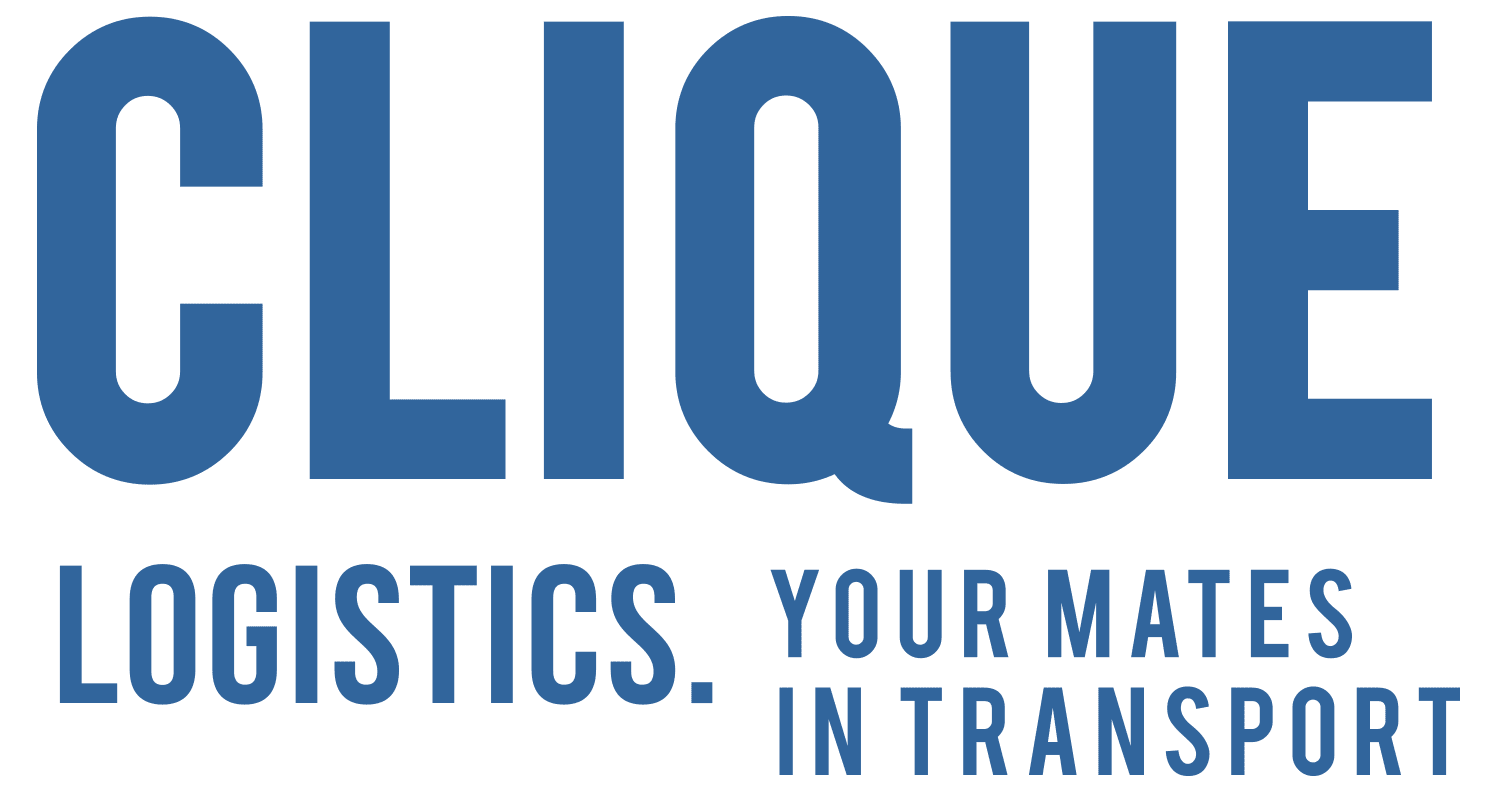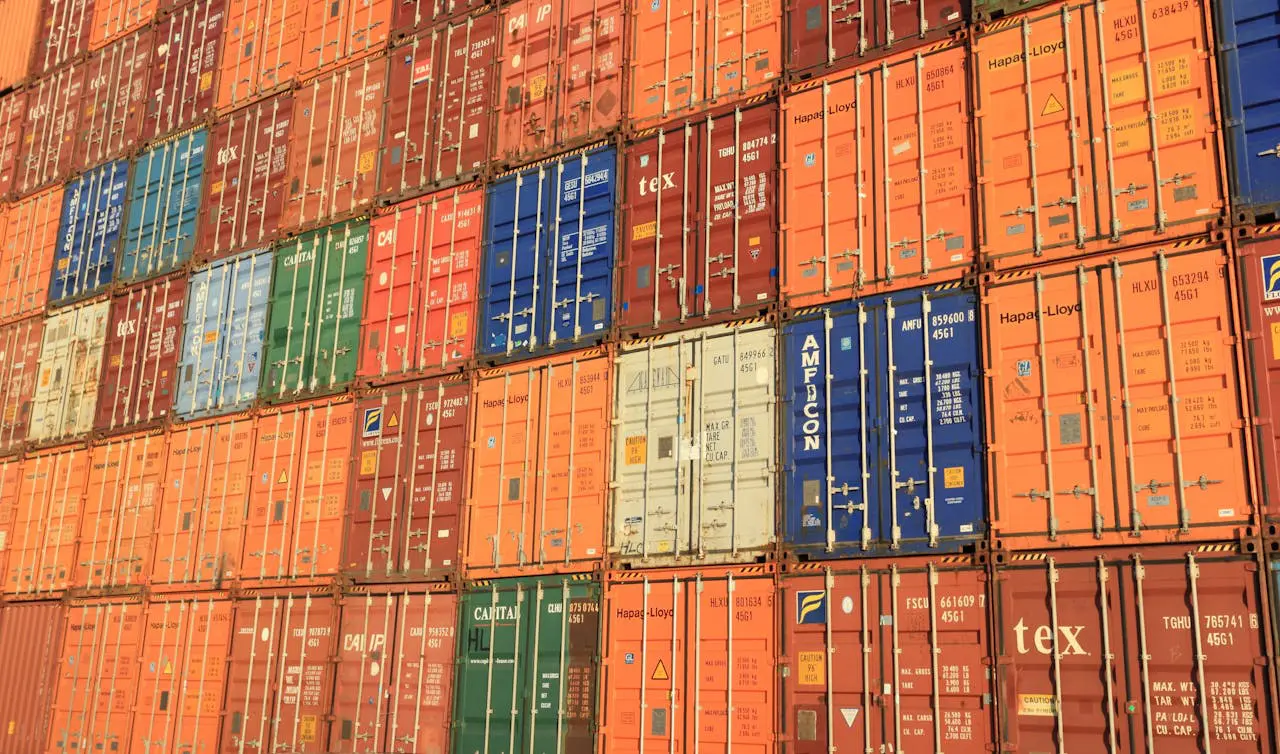When you’re involved in the heavy vehicle transport industry, understanding the Chain of Responsibility (CoR) is not just a necessity but a legal obligation. Under the Heavy Vehicle National Law (HVNL), you, along with every other party in the supply chain, share the responsibility for ensuring the safety of transport activities. This includes consignors, operators, drivers, and even executives, all of whom must proactively manage risks, prevent breaches, and adhere to strict safety standards. As you navigate these complex obligations, it’s crucial to know who is responsible, what the primary duties are, and how to comply effectively to avoid severe penalties and ensure public safety.
Primary Duty Overview
Your key responsibilities include identifying, assessing, eliminating, or minimising risks associated with your transport activities to safeguard public safety. This involves considering the types of risks you create, evaluating their likelihood and potential consequences, and implementing controls to mitigate these risks.
Controls can include equipment, maintenance, training, or specific policies and agreements with other parties in the chain.
You must also ensure that your actions or omissions don’t influence drivers to speed or breach the Heavy Vehicle National Law (HVNL). This means avoiding any requests, instructions, or contractual arrangements that could encourage unsafe practices, such as speeding or driving while fatigued.
The concept of “reasonably practicable” involves balancing the level of risk against the effort, time, and cost involved in mitigating that risk. If you’re doing everything that’s reasonably practicable to manage safety risks, you’re likely to be complying with the law.
Failure to comply with these primary duty obligations can lead to significant legal implications, including penalties and liability for safety-related incidents.
Parties in the Chain of Responsibility
In managing the safety of heavy vehicle transport activities, it’s imperative to understand the various parties involved in the Chain of Responsibility (CoR). The CoR defines parties based on their functions in the transport process rather than their job titles, focusing on who’s control over safety-related aspects.
Key parties in the CoR include consignors, packers, loaders, operators, schedulers, and drivers. Consignors are those who commission the transport of goods, while packers are responsible for placing goods in packages, containers, or pallets. Loaders handle the placement and restraint of the load on the vehicle. Operators are the entities that control the use of the vehicle, and schedulers plan the routes and timings. Drivers are responsible for the physical act of driving the vehicle, and receivers are those who take possession of the goods.
Each of these parties has a legal obligation to manage risks associated with transport activities, ensuring safety to the extent that’s “reasonably practicable.”
Collaboration among all parties is essential for effective risk management, as each has a role to play in minimising hazards during transport. Understanding the roles and responsibilities of each party enhances compliance with safety obligations and reduces the risk of legal penalties for breaches of the Heavy Vehicle National Law (HVNL).
Primary Duty Definitions
The primary duty in the Chain of Responsibility (CoR) is to ensure the safety of all transport activities, an obligation that rests squarely on every party involved in the heavy vehicle transport chain. This duty is defined under the Heavy Vehicle National Law (HVNL) as the obligation to ensure, so far as is reasonably practicable, the safety of your transport activities.
This means you must proactively identify, assess, and control risks associated with your heavy vehicle operations. The term “reasonably practicable” emphasises the need to balance the risk of harm against the effort, time, and cost involved in implementing safety measures. You must take all steps that are reasonable in the circumstances to eliminate or minimise risks.
This includes managing risks related to speed, fatigue, mass and dimension, load restraint, and vehicle standards. Each party within the CoR, including employers, schedulers, consignors, loaders, and vehicle operators, is responsible for identifying, assessing, eliminating, or minimising these risks.
Failure to meet these obligations can result in significant penalties, including fines of up to $3 million for corporations and up to $300,000 plus five years in jail for individuals.
Clear understanding and compliance with the primary duty are crucial for effective risk assessment and safety management in heavy vehicle transport. By ensuring all parties understand their responsibilities, you can enhance road safety and prevent accidents.
Scope of Primary Duty
The scope of the primary duty in the Chain of Responsibility (CoR) is far-reaching, involving every party in the heavy vehicle transport chain. This duty requires you to ensure, so far as is reasonably practicable, the safety of your transport activities. This includes identifying, assessing, and managing risks and hazards associated with heavy vehicle operations.
All parties within the CoR must collaborate to effectively address safety risks. This shared responsibility isn’t limited to those with direct control over transport activities but extends to employers, operators, schedulers, consignors, consignees, packers, loading managers, and loaders/unloaders. Each of these parties has a crucial role in maintaining safety standards and ensuring that heavy vehicle operations are conducted safely and legally.
Effective management of safety relies on open communication about safety matters to identify and mitigate risks. You need to understand the limits of your control and take proactive steps to eliminate or minimise risks. This includes managing driver fatigue, complying with mass and dimension limits, ensuring load restraint safety, and maintaining safely operating vehicles.
The legal implications of failing to meet these primary duty obligations are significant, with penalties of up to $3 million for businesses and $300,000 plus up to five years in jail for individuals.
Regular reviews and updates to safety practices are essential to maintain compliance and improve overall transport safety.
Complying With Primary Duty Obligations
To comply with the primary duty obligations under the Chain of Responsibility (CoR), you must adopt a proactive and systematic approach to managing safety in your transport activities. This involves regularly reviewing your safety practices and compliance measures to ensure they remain effective and up-to-date.
Implementation of comprehensive training programs for all parties involved in transport activities is crucial, as it enhances awareness and compliance with safety obligations. This includes ensuring drivers are trained to understand the risks of fatigue, speeding, and other critical safety issues, and that they know how to manage these risks.
Documenting risk assessments and safety procedures is essential for maintaining accountability and demonstrating compliance with primary duty requirements. You need to identify, assess, and mitigate risks associated with your transport activities, such as managing driver fatigue, complying with mass and dimension limits, and ensuring load restraint safety.
Continuous monitoring and improvement of transport safety practices are necessary to effectively manage risks and meet primary duty obligations. This includes monitoring the effectiveness of your control measures and updating them as needed, as well as maintaining roadworthy vehicles and safe loading practices.
Establishing feedback mechanisms encourages open communication among parties, enhancing collective efforts to comply with primary duty obligations. This ensures that all stakeholders in the supply chain are aware of their responsibilities and can work collaboratively to maintain high safety standards.
Executive Due Diligence Duty
How do executives ensure they’re fulfilling their due diligence duty under the Chain of Responsibility (CoR) in the heavy vehicle transport industry?
As an executive, including officers, managers, and directors, you have a critical role in ensuring your business complies with the safety obligations outlined in the Heavy Vehicle National Law (HVNL).
Your due diligence duty requires you to maintain ongoing knowledge of safe transport activities, understand the associated hazards and risks, and ensure that your business has the necessary resources to mitigate these risks effectively.
This involves adhering to the 18 specific safety duty provisions of the HVNL, including the primary duty and prohibitions against unsafe practices.
Implementing a robust Safety Management System (SMS) is crucial for identifying, managing, and continuously improving compliance with these safety requirements.
You must proactively assess and eliminate risks, ensure compliance with speed, fatigue, mass, dimension, loading, and vehicle standards, and monitor whether these measures are effective.
Failure to exercise due diligence can result in significant penalties, including up to $300,000 and five years’ imprisonment for individuals and up to $3 million for businesses.
Regular reviews of your business practices against legal obligations are essential to avoid such liabilities and ensure you’re meeting your due diligence duty under the CoR.
Heavy Vehicle Driver Obligations
As a critical component of the Chain of Responsibility (CoR) under the Heavy Vehicle National Law (HVNL), heavy vehicle drivers must adhere to a stringent set of obligations to ensure road safety.
Drivers are indeed classified as parties in the CoR and hold significant responsibility for compliance alongside other parties in the supply chain, such as employers, operators, and consignors.
You are required to adhere to state transport laws and road rules, which include maintaining vehicle roadworthiness and practising safe loading techniques.
Fatigue management is a critical obligation, necessitating accurate recording of work and rest hours to ensure safety. Drivers of fatigue-regulated vehicles must complete and carry a Work Diary, especially if they drive more than 100 kilometres from their home base or operate under basic or advanced fatigue management.
Compliance with the HVNL demands that you be aware of and follow specific safety procedures, such as load restraints and vehicle maintenance.
Failure to comply with these obligations can result in significant penalties, including fines exceeding $10,000 for making or receiving prohibited requests that compromise safety.
Additionally, non-compliance can lead to demerit points, vehicle impoundment, business disruption, and even prosecution.
Ensuring you meet these obligations is crucial not only to avoid penalties but also to maintain a safe and legally compliant transport operation.
Prohibited Requests and Contracts
Prohibited requests in the context of heavy vehicle transport can have severe consequences, both legally and operationally. These requests include actions that encourage drivers to speed or compromise their safety, which can lead to significant penalties. Under the Heavy Vehicle National Law (HVNL), maximum penalties for such offences can exceed $10,000.
As a business involved in heavy vehicle transport, it’s crucial to ensure that all contracts and communications don’t include requests that could lead to breaches of the HVNL regarding driver safety. This includes avoiding contracts that contain incentives that may encourage drivers to speed, drive while fatigued, or violate other safety regulations. For instance, contracts shouldn’t penalise drivers for being late due to unavoidable delays, and they should allow sufficient time for drivers to safely complete their tasks.
Awareness of the legal ramifications of prohibited requests is critical, as they can negatively impact a company’s reputation and operational integrity. Regular audits of business practices are recommended to prevent the occurrence of prohibited requests and to promote compliance with safety regulations.
Training staff on their legal responsibilities related to prohibited requests is also essential in fostering a culture of safety and adherence to the HVNL. This proactive approach helps in ensuring the safety of drivers, other road users, and the public.
Risk Management Strategies
Effective risk management is the cornerstone of ensuring safety in heavy vehicle transport. When you identify and assess risks related to vehicle operations, you can significantly reduce the likelihood of accidents.
For instance, load restraint is a critical area that needs careful attention. Implementing proper load restraint practices, as outlined in the Heavy Vehicle National Law (HVNL), prevents cargo shifts that can lead to dangerous situations on the road.
Managing steep descents is another key risk area. You should develop procedures to minimise the risk of brake failure and loss of vehicle control. Ensuring drivers are trained in safe driving techniques for such scenarios is essential.
Non-compliance risks at premises must also be addressed. Regular audits and corrective actions help align your operations with safety regulations, reducing potential hazards.
Utilising safety technologies and telematics can further enhance your risk management. These tools provide real-time data on vehicle performance and driver behaviour, allowing you to take proactive measures to mitigate risks before they become incidents.
Conclusion
In conclusion, understanding the Chain of Responsibility (CoR) in heavy vehicle transport is crucial for ensuring public safety and compliance with the Heavy Vehicle National Law. All parties, from consignors to drivers, must work together to identify and mitigate risks, manage fatigue, and adhere to safety standards. Effective collaboration and continuous training are key to preventing incidents and breaches, ultimately safeguarding lives and the integrity of the transport industry. Complying with CoR laws is not just a legal obligation but a moral imperative.





